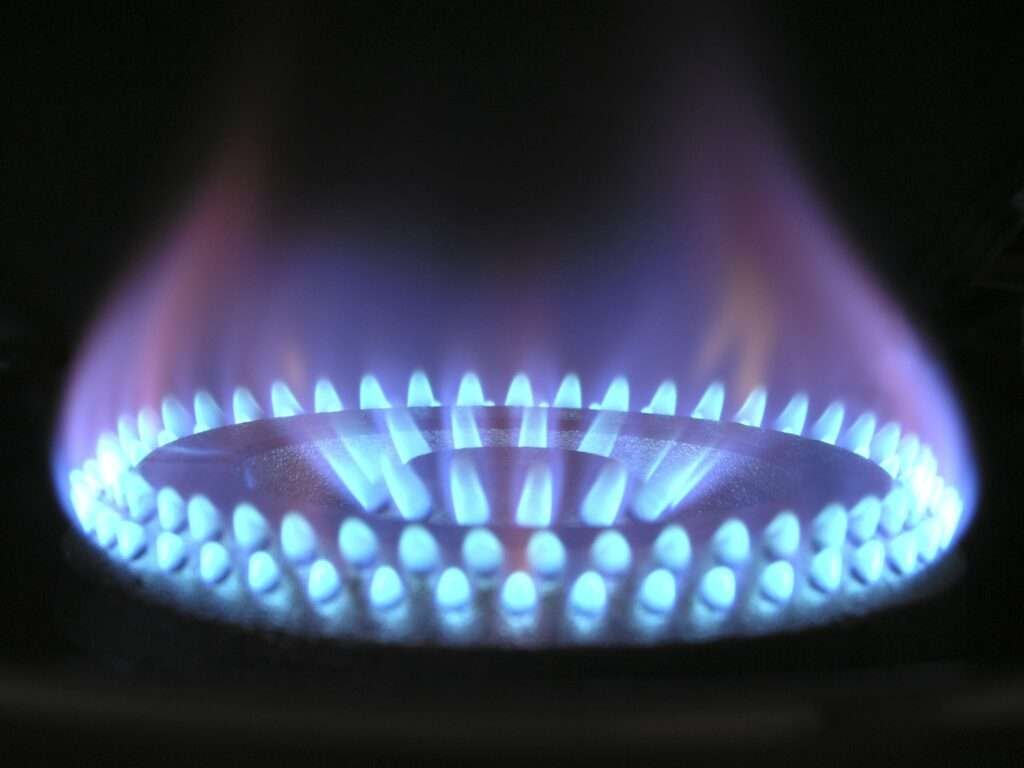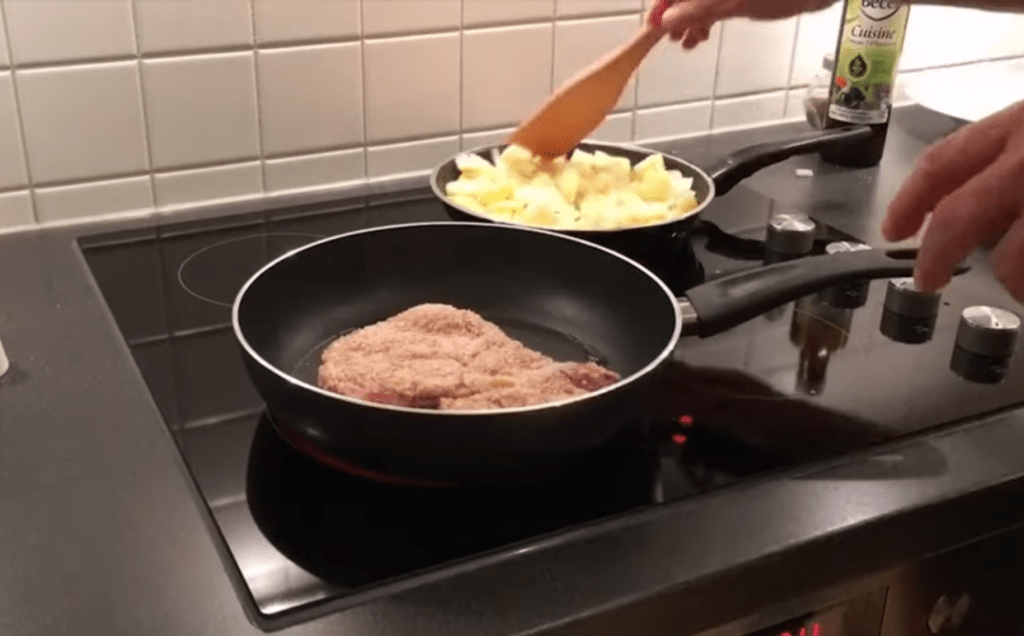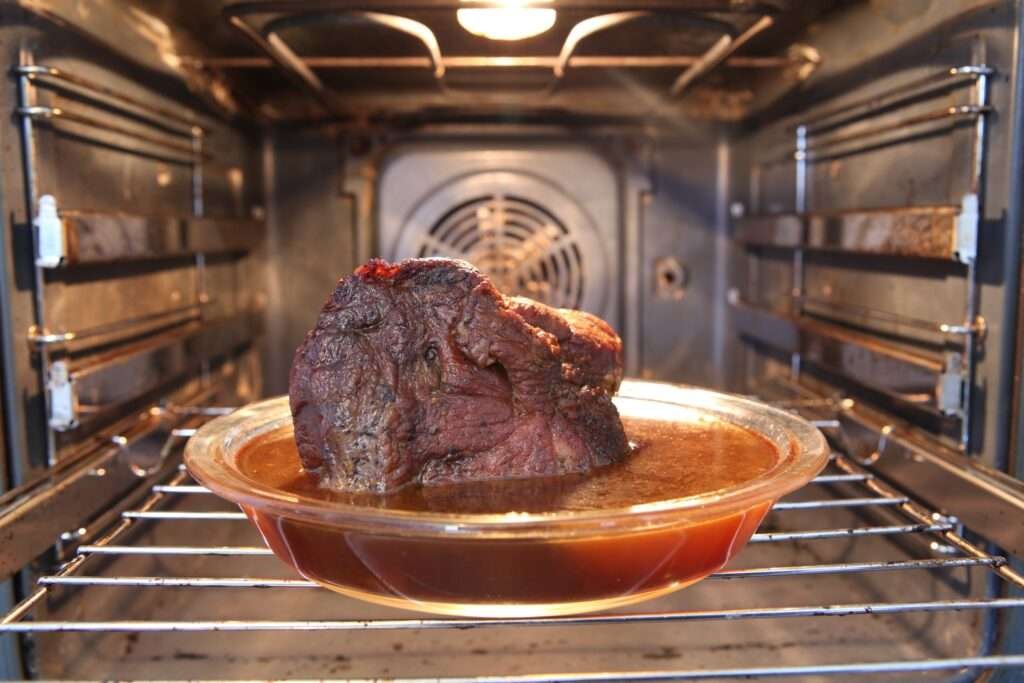During professional cooking, it is essential to adhere to numerous scientific principles. In this blog, we will delve into the topic of heat transfer during cooking. A proficient chef must possess knowledge of these principles for culinary mastery.
Heat transfer

Heat is a primary element in cooking, essential for transforming raw food into edible dishes. Several changes occur during the cooking process, including alterations in size, color, and aroma, while also enhancing the nutritional content. These transformations occur through the transfer of heat during cooking. There are three mediums through which heat is transferred:
(A) Conduction

In this system, heat is transferred directly to the food for cooking. The part of the food closest to the heating surface, such as when a cooking pan is placed on the flat surface of a conduction stove, experiences this transfer. Heat travels from underneath the pan and gradually spreads throughout the entire pan, eventually reaching the food molecules. In this scenario, the pan must make direct contact with the conduction surface. Some materials are more effective than others at transferring heat, with metals being superior to air, water, or non-metallic materials like glass or ceramic. Cooking in this manner conducts heat from the outside to the inside of the food. This means that cooking begins at the part of the food touching the metal surface and progresses inward. Consequently, food should be cooked over medium heat to prevent burning and ensure that the aroma and color are preserved properly.
(B) Convection

This method involves heat transfer through gases and liquids. The convection process occurs in two ways.
- Natural: When we heat water in a pot, a natural process occurs. Essentially, the water near the surface of the pot becomes lighter as it heats up and rises, while colder, denser water takes its place. This creates a circulation or rotation within the water. Eventually, the water reaches a boiling point due to this rotation, known as a convection current. If we then add a potato to this boiling water, the heat from the water will transfer to the surface of the potato through heat conduction. Gradually, this heat will cook the potato.
- Mechanical: Mechanical stirring is employed when using a spatula to stir ingredients while cooking, preventing them from sticking to the bottom of the cookware. This method aims to generate mechanical heat convection. Convection ovens are equipped with fans that effectively circulate temperature or hot air, ensuring even distribution. Consequently, heat can be transferred not only to the food but also to the surrounding environment, facilitating cooking.
(C) Radiation

Radiation is the transfer of energy through the medium of electromagnetic waves. The irradiation process does not necessitate physical contact with the food or direct heating by temperature. When cooking using this method, the heat waves rapidly penetrate the interior of the food, resulting in quick cooking while maintaining the food’s temperature. Two types of irradiation methods are known in cooking:
- Infrared: Infrared emitters include the burning coals of charcoal grills, as well as the burning coils found in electric toasters, ovens, and boilers. Each of these serves as a heat source, emitting heat towards surrounding objects. Both food and non-food containers absorb energy waves, heating up and facilitating the frying or cooking of food.
- Microwave: In this method, energy flows through short high-frequency waves. When these microwaves encounter food, the food particles begin to cook rapidly, leading to an increase in temperature and heating the food quickly.
As we delve deeper into the world of food science, let us not forget the crucial role that heat transfer plays in shaping our culinary experiences. So, the next time you step into the kitchen, remember that behind every delicious meal lies the intricate dance of heat and food, guided by the principles of science.
